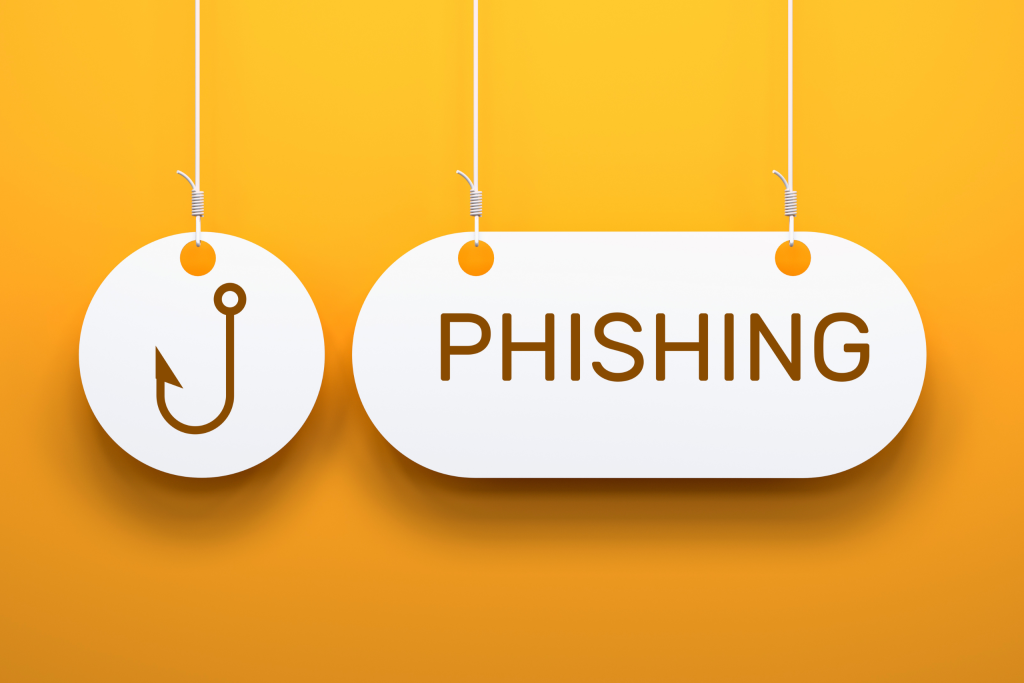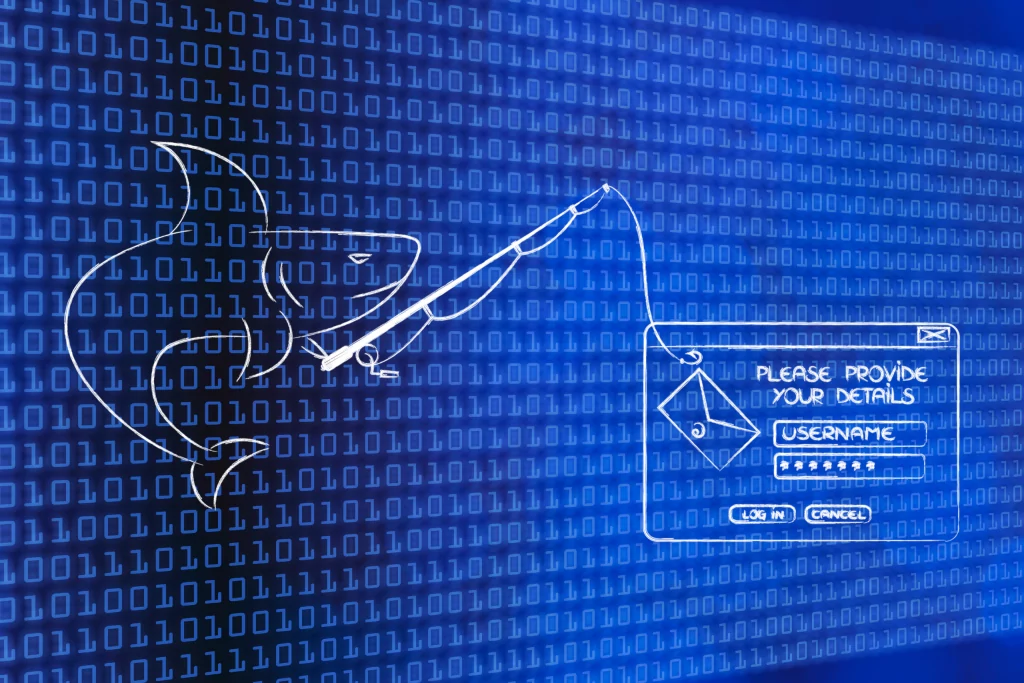Phishing is a technique used by hackers to try to trick users into clicking on dangerous links or asking them to share sensitive information. Phishing attacks can take many forms, including emails, social media messages, text messages, and even phone calls.
If you fall victim to a phishing attack, you can lose your sensitive data, money, and identity information. That’s why it’s important to understand the risks of phishing and how to avoid them.
How do phishing attacks work?
Phishing attacks are usually designed to look like emails or messages from trusted sources, like your bank, a company, or even your own friends.
They may contain dangerous links or requests for sensitive information such as your passwords or credit card numbers. If you click on a dangerous link or provide your sensitive information, hackers can access your data and/or take control of your account.
Phishing attacks can be very convincing, but there are often clues that can help you identify them. For example, phishing emails may contain spelling or grammatical errors, urgent or threatening requests. If something doesn’t seem quite “normal”, it’s best to take some time to verify the authenticity of the source before clicking on a link or sharing sensitive information.
For more information on phishing, see our articleWhat are the different types of phishing.
How do you protect yourself against phishing attacks?
There are several steps you can take to protect yourself and your organization from phishing attacks:
-
Be careful :
As mentioned earlier, phishing attacks can be very convincing. Make sure to always be vigilant when you receive emails or messages from sources that you don’t know or that seem suspicious.
Do not click on links or share sensitive information without verifying the authenticity of the source.
-
Use phishing protection:
There are plenty of security software out there that can help protect your business against phishing attacks. For example, you can use email filtering software to block phishing messages before they reach your inbox.
You can also use security software that scans the links in your emails and messages to detect dangerous ones. By using these types of software, you can significantly reduce the risk of phishing for your organization.
-
Make your team aware of the risks associated with phishing:
Let them know how to identify phishing attempts and encourage them to report any suspicious emails or messages. You can also set up a clear security policy that defines the measures to be taken in case of doubt about the authenticity of an email or message.
Using protection againstphishingand by making your staff aware of the risks, you can protect your business against attacks byphishingand keep your sensitive data secure.
In short
Common cybersecurity mistakes can put the security of your information online at risk.
To protect your accounts and data, it is important to use strong and unique passwords for each account. Also, be vigilant when you receive emails or messages from dubious sources. Remember to browse the web safely and always update your software and applications.
By taking these precautionary measures, you can significantly reduce the risks to your online security. We can never repeat it enough,training is also part of the best practices to follow to protect yourself against risks.
If you want to deepen your team’s knowledge of cybersecurity, don’t hesitate to call on our experts who can advise you on the latest methods in terms of phishing awareness.




